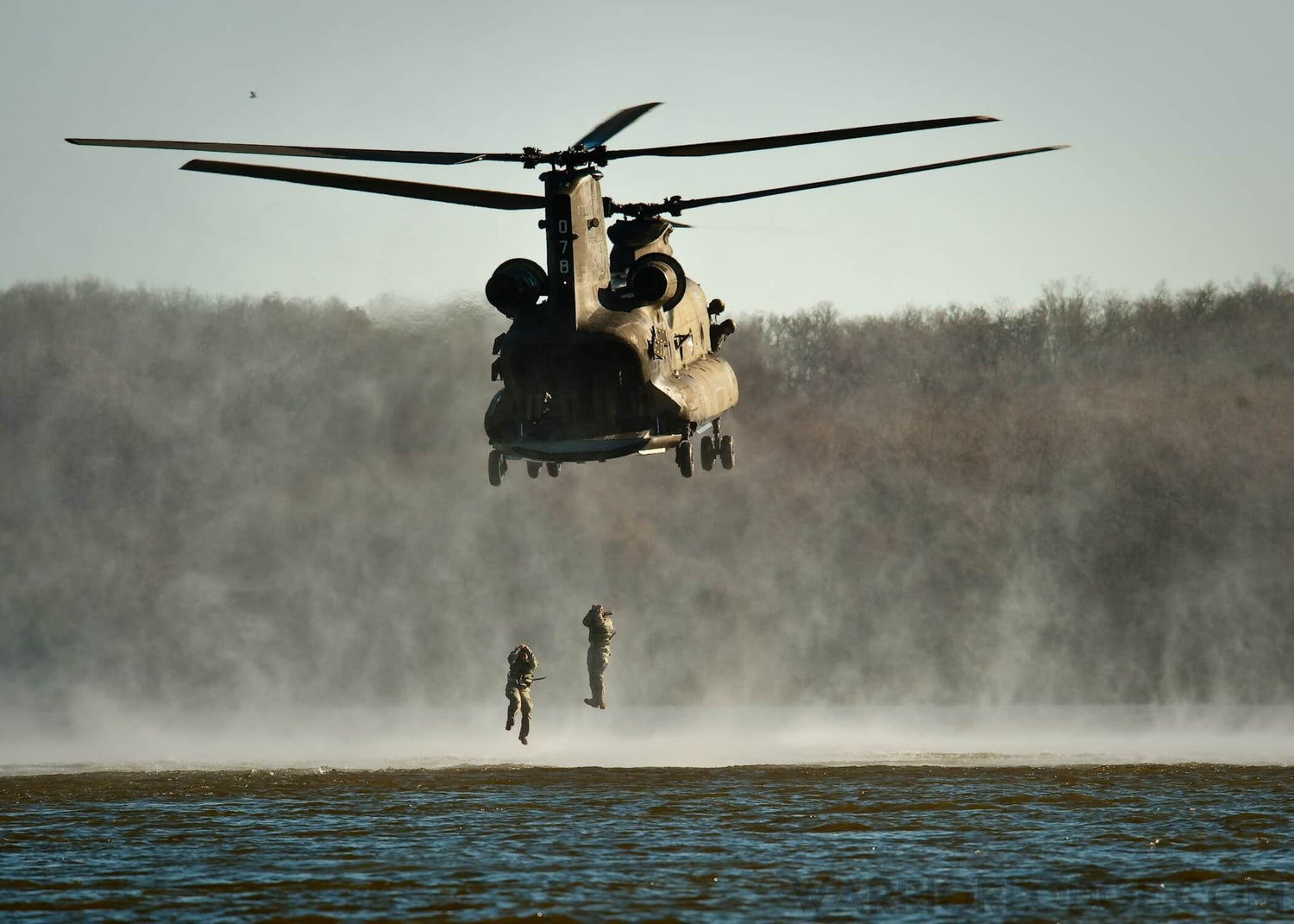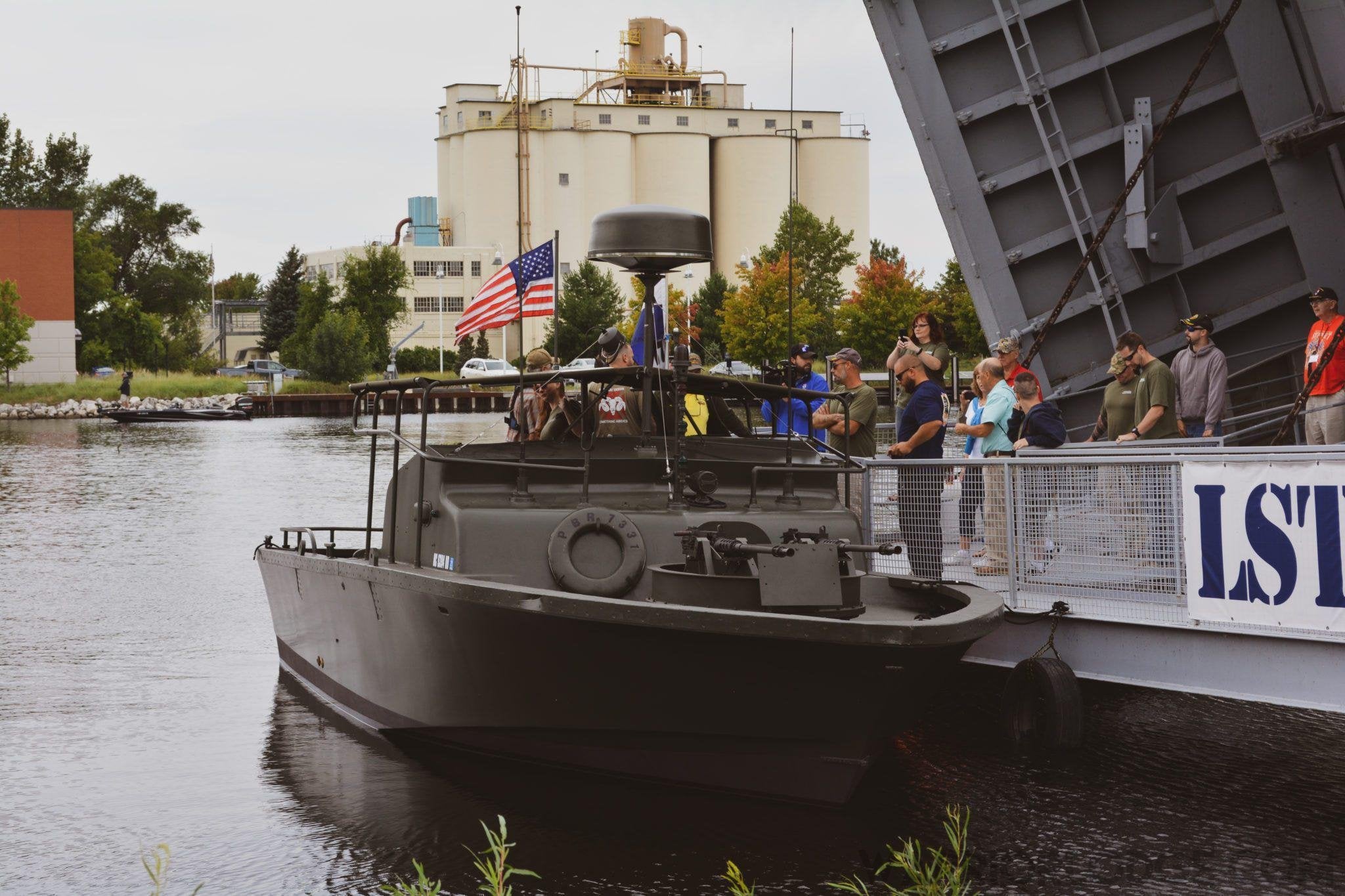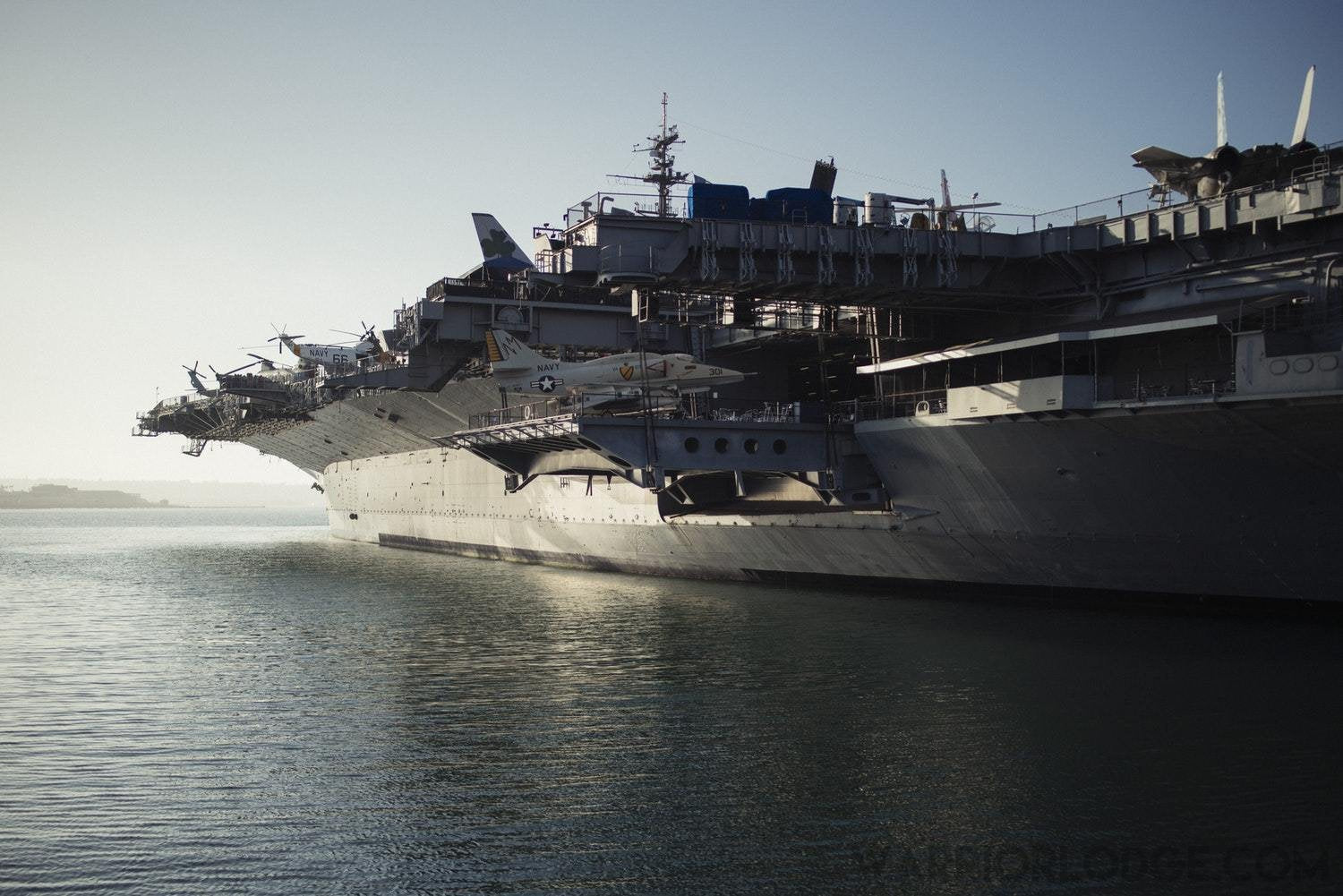By Wes O’Donnell
Managing Editor, InMilitary. Veteran, U.S. Army and U.S. Air Force
Like the knights of medieval Europe or the samurai of feudal Japan, America now has a new warrior class. And it’s a serious problem because a greater understanding of today’s military would be beneficial for civilians.
Does Dwindling Military Equal Less Support?
According to a recent Pew Research study titled “The Military-Civilian Gap,” a smaller share of Americans currently serve in the U.S. Armed Forces than at any time since the peacetime era between World Wars I and II.
America’s knee-jerk reaction to the Vietnam War gave birth to the all-volunteer force in 1973 and killed the draft. As a result, there is an ever-shrinking percentage of Americans – a self-contained warrior class – who must carry the burden of our country’s ongoing Global War on Terror.
This new class is shockingly small. There are approximately 1.34 million active-duty personnel, who represent only about 0.4% of the population. America may have the largest military budget, but the actual number of servicemembers per 100,000 Americans is about 500.
Interestingly, the idea of an all-volunteer force has the overwhelming support of most Americans and military leaders, but it has had some severe consequences. According to Dr. Mike Haynie, military veteran and Executive Director of the Institute for Veterans and Military Families, “The all-volunteer force makes it much too easy for us to leverage military conflict as an instrument of public policy.”
Fewer Wars, More Conflicts
Since the end of the draft 44 years ago, our leaders have sent the men and women of the military into conflict 134 separate times. In the 40 years prior to the end of the draft, when the responsibility of national defense was shared by all Americans, our leaders only sent our troops into harm’s way 24 times.
Some of this increase can be attributed to the fact that the very nature of war has changed; modern war consists mainly of smaller, low-intensity conflicts. However, I believe that the primary reason for increased deployments with an all-volunteer force is that policymakers, including Congress and the president, no longer take the view that war is something to be avoided at all costs.
A scaled-down conflict, on the other hand, is more politically palatable with the perceived less downside risk for the voting public. At a minimum, it’s often the military solution of choice, since Truman chose containment rather than surging past the 38th Parallel in Korea, followed by Kennedy’s limited war policy leading into Vietnam.
Since the dissolution of the draft, and especially today, the responsibility leaders may feel when sending volunteer soldiers to fight is softened, or in some cases, largely absent when it comes to the warrior class. The typical sentiment is, “Well, they volunteered to fight. They knew what they were signing up for.”
Who Is the New Warrior Class?
In many cases, modern warriors serve because a member of their family served. It’s typical to meet servicemembers whose military heritage goes back for generations.
According to the Pew Research Center study, today’s military is smaller, older, more diverse and more likely to be married than the force that served a generation or two ago. In addition, a larger proportion of minorities and women serve as officers and enlisted personnel. Proportionately fewer high school dropouts and more college graduates fill the enlisted ranks.
Greater Separation Impairs Cultural Understanding
The problem is one of fundamental democracy. Shouldn’t an entire nation bear the burden of its government’s foreign policy? Instead, there is now a sub-culture of warriors that, despite high public approval ratings, the general population understands less and less.
Remember, these are our neighbors. They are our sisters and brothers, our mothers and fathers. Some might be guys who went to high school with you. All of them are fellow Americans.
Following the 1990 Defense Base Realignment and Closure Act of 1990, however, the Department of Defense (DoD) closed down vital military bases serving large bases near large population centers and smaller regional cities nationwide. I say “serve,” because military bases historically provided the boon of economic, education, training and infrastructure resources for the non-military populations.
The halo effect was extended to social and interpersonal interactions, recreational activities, and a blending and sharing of knowledge especially for the contractors and vendors who helped keep the installations running. Military and civilian families went to school together, played sports, and socialized. Military bases once created an ebb-and-flow exchange of culture when the front security gates were opened or only required minimal credentials for entry.
Now, many military bases are the most exclusive gated communities in the country. After 9/11, many bases closed off civilian access.
Most bases are self-sufficient with shopping, recreation, work and play. Many servicemembers have no need to engage with the world outside the gates, should they choose not to.
Even those who live off base often find themselves in housing communities that are made up almost entirely of active, veteran and retired warriors. To these residents, war is not politics. It’s simply a place where their friends and neighbors go.
Sadly, some of our military members and veterans have begun to see themselves as elite and somehow separate from the society they protect. Once we start bragging about being the 1%, we have lost that which we crave the most: acceptance, inclusion and a voice in our democratic society.
Bridging the Divide between Military and Civilian Worlds
I want to make clear that I am in no way advocating for the return of the draft or any sort of compulsory military service. Today’s hyperpartisan and ideologically divided nation would never allow such a debate. Instead, I believe that the burden of closing the military/civilian divide rests on the shoulders of veterans.
Veterans, freed from the constraints of military service, are now civilians. They can speak candidly to fellow civilians about the problems and the triumphs of America’s armed forces.
As a veteran of two branches with over 10 years of service, I recently gave a speech about hiring veterans to all 230,000 employees at United Health Group. The Q & A session was shocking. Some of the myths and misconceptions about servicemembers among the general population made me realize that there is a serious hunger for and lack of knowledge of the realities of military service.
We see major corporations, agencies and even Hollywood extol the virtues of recruiting and retaining the warrior class into their workforces and spend untold budgets on commercial campaigns and talent acquisition strategies. Yet when I speak to CEOs and HR executives, often they feel the red carpet has been rolled out by their organization, but not enough veterans are coming through. Or even worse, they can’t be retained and don’t take long to move on.
On the flip side, many veterans feel misunderstood to varying degrees by non-military employers. For many Americans, the only exposure to anything military is what they see in the movies or what they read about alarming reports of debilitating PTSD on the rise, wounded soldiers, or incompatible career training and experience.
So if each group, military and nonmilitary, professes a strong desire to integrate and collaborate more, why are they unintentionally further away from each other? As Americans, how do we as Americans solve this problem and create a mutually beneficial outcome?
Appreciate Engagement Opportunities
For corporate leaders, don’t just hire a four-star general on your board or fund a consulting firm to run a report on why you can’t hire enough military. Sit down with your Post-9/11 veterans who have recently separated and talk to them.
Ask them, “Where do you see your career heading?” Ask them what other support do they need, like education or mentorship. There’s a lot you can learn by asking how their spouses or children are doing.
Without Veterans Engaging, A Grim Future Appears
I believe it is a veteran’s responsibility to engage with the public — not as a superior “one-percenter” but as an equal citizen who has valuable life experience to share.
Engagement can take many forms. It can be something as simple as a speech at a local Rotary Club meeting or starting a Facebook group that is open to citizens curious about the military.
Without veterans educating and engaging other people on the military, a very grim picture appears.
First, the American citizen is under no pressure to attempt to understand the warriors who fight the wars. Many citizens are content to view our military as guard dogs. They are very appreciative of our protection, but wouldn’t want a Doberman living next door.
Second, misinformation or the lack of information directly impacts a military member’s ability to reintegrate into society, making the quest for employment, housing and entrepreneurship more difficult. In turn, this situation may force a veteran to surround himself with like-minded communities, both online and geographically.
Doing that erects an ideological wall and strengthens the warrior class, but it also creates an alien relationship with civilians. This action directly chips away at the very foundation that America is built on, including concepts like citizen-soldiers.
In our modern era, it is our obligation and our privilege as veterans to close the military knowledge gap. Veterans come from a shrinking pool; only 1% of all Americans have served in the last 10 years and only 7% of all Americans today are veterans.
When it comes down to it, engagement in any form begins to strip away perceptions because it leads to learning about one another. The more we understand we’re all humans, not just military or civilians, the more we understand the greater benefits we hold for one another.
As veterans, this is our last mission. Should we fail, we may lose the very open and free society that we sacrificed so much to protect.
This article was posted originally by the author at InMilitary.com.





Leave a comment
This site is protected by hCaptcha and the hCaptcha Privacy Policy and Terms of Service apply.